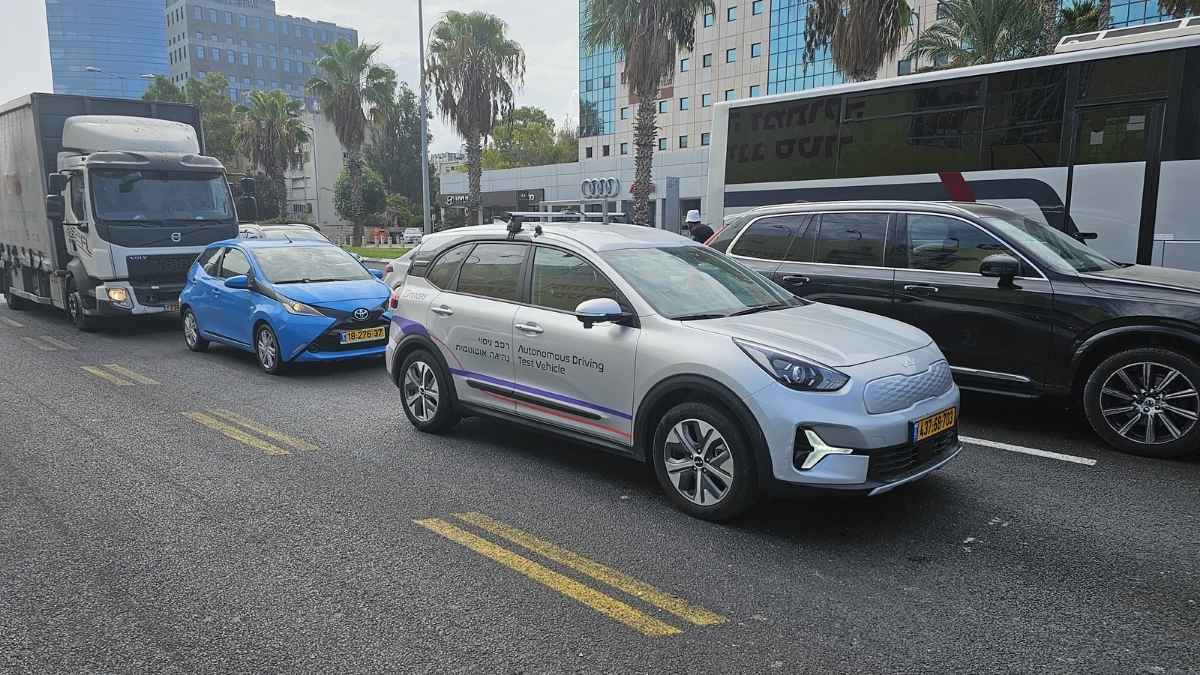Autonomous driving cars are coming but they have a number of problems making it to market including very high costs and massive new regulations. One company stands out with an inexpensive solution that will drive these cars like a human would.
Imagry is a new company focused on autonomous driving for personal vehicles and buses. While typical autonomous driving solutions can cost up to $100K, depending on the platform, theirs only adds between $2K and $3K to the automobile's cost. Regarding TOPS (Trillions of Operations Per Second), theirs will run between 120 and 150 TOPS. While their implementation is designed to be hardware-independent, the example they provided used NVIDIA Orin, the current market leader.
But what makes Imagry genuinely unique is that rather than creating a solution that would drive as a machine would drive, they have created a system that is trained to behave as a human would drive and thus isn’t dependent on scripts or High-Definition maps any more than you or me, when we are driving are. It is a visual system that not only can react in one-third the time it takes a human to react, but it does so as you might, or how a good driver might, showing no road rage or lack of courtesy.
Why Courtesy Is Important
A few years ago, in the care of Mobileye, I had the privilege of riding in two of their self-driving prototypes, and the cars could travel around town or on the freeway. However, they didn’t drive like I would drive. If I were to describe it, it seemed like they treated every other car as if it were hostile, shying away from them, and they used their turn signals constantly. For instance, if they just wanted to reposition in the same lane, not change lanes, they would hit the turn signals, making the surrounding drivers think they were turning or changing lanes, which they weren’t. This made the ride extremely rough because the car was constantly trying to maintain a distance from cars all around us, keeping maximum distance from the car in front and constantly using the turn signals, which seemed to piss off every driver in our general vicinity.
The number of drivers and passengers who expressed their displeasure with how the car was over-emphasizing safety had me worried that someone would lose it and we’d get to experience road rage firsthand. This is why it is essential to train the cars to drive like careful humans rather than paranoid machines. Now, the courtesy shows up with Imagry when someone attempts to park or exit a parking spot in front of the car. The Imagry car will stop, let the driver in front finish their maneuver, and proceed once the way is clear. It doesn’t honk, it doesn’t swerve around the car aggressively, and it doesn’t yell at or flip off the other driver.
In the Imagry demo, their cars drove like I do when I’m not in a hurry or stressed out. They didn’t go overly slowly, they didn’t dart away from other cars as if they might suddenly attack, and they didn’t behave aggressively towards other drivers. In short, they’d take you for a drive, not “take you for a ride,” if you get my drift.
Self-Driving Buses
Imagry is also rolling out a bus solution, but it is only for purpose-built electric buses. Buses are more accessible to automate than cars or robo taxis because they follow set routes, so they only need to be trained on the routes they’ll likely use; they don’t need to be trained on everything. Because of that, autonomous driving approvals are easier to get, and so far, according to Imagry, they are the first to get the approval to use their technology in buses. (It will show up in cars in late 2026).
Part of the problem with public transportation is that there is a massive shortage of bus drivers, and this technology could reduce or eliminate this driver shortage problem. It is interesting to note that they only work with purpose-built electric buses. This is because only those buses have a drive-by-wire system that they can take over with their technology, suggesting that as this bus labor shortage continues, Imagry may be one of the few ways to ensure enough buses continue to operate.
Wrapping Up:
Current autonomous driving systems are closer to robots than people, and their behavior can be painful. The exception is from Imagry, who has proposed a low-cost, very effective Level 3-4 solution at a reasonable price that drives as a good human driver would, doesn’t need Lidar or Radar, doesn’t need HD maps or scripts, and drives as a human should drive.
Another plus is that the solution is hardware-agnostic and low-cost. While the system is ready today, because automakers typically take 3 to 5 years to validate a new solution, it won’t show up in cars until the fourth quarter of 2026. However, the bus solution is in trials worldwide, suggesting we may have autonomous public transport at Level 4 some time before we get it in a car.
Rob Enderle is a technology analyst at Torque News who covers automotive technology and battery development. You can learn more about Rob on Wikipedia and follow his articles on Forbes, X, and LinkedIn.





